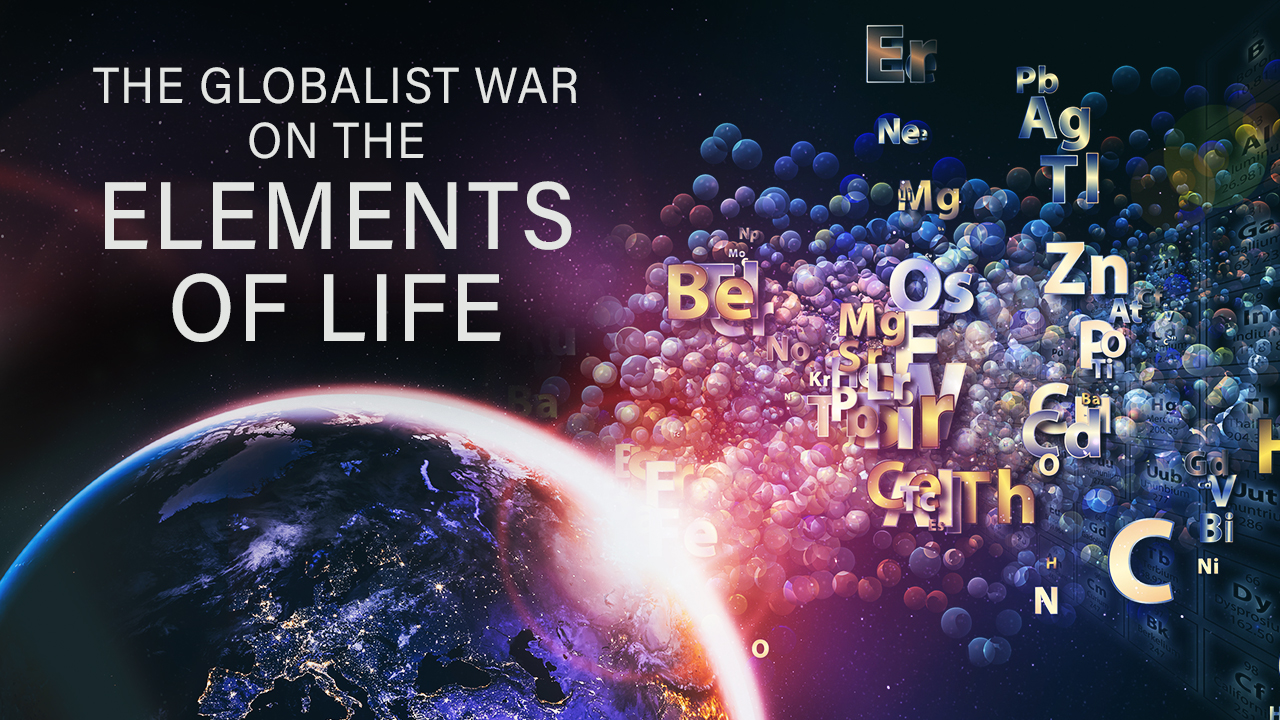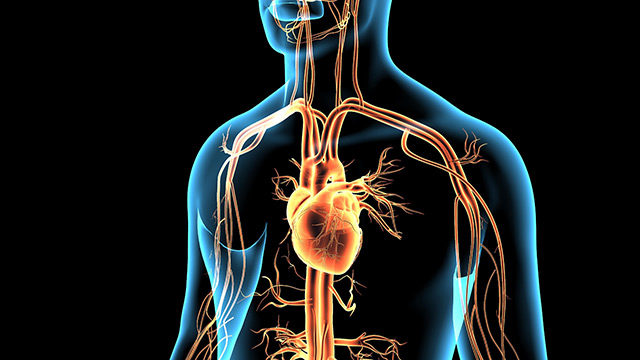Potential threats to child brain health: Daily exposure to heavy metals in baby food could build up over time, warns experts
11/25/2020 / By Virgilio Marin

Baby foods are laced with trace amounts of toxic heavy metals that can build up over time through daily exposure and impair children’s brain health, reported the consumer advocacy group Healthy Babies Bright Futures (HBBF).
The organization found that 95 percent of nearly 170 commercial baby foods contained lead, arsenic, mercury and cadmium, with one in four products containing all four of these toxic heavy metals. The top offenders included rice-based cereals and snacks, fruit juices and sweet potatoes.
The researchers said that even small amounts of these heavy metals can alter the developing child’s brain: “The impacts add up with each meal or snack a baby eats.” The toxic elements can also cause attention deficit hyperactivity disorder, or ADHD, and three metals – arsenic, cadmium and lead – are categorized as carcinogens, added the researchers.
Heavy metals found in popular baby food brands
The researchers tested 13 types of baby foods – including infant formula, teething biscuits, cereals and fruit juices – from 61 brands selected mainly by parents who volunteered through HBBF’s allied organizations. The parents bought foods from the most popular baby food brands at their local stores and online.
Lead was the most common of the four contaminants, appearing in 94 percent of the baby foods. It was followed by cadmium and arsenic, which showed up in around three-quarters of the baby foods, and then mercury, which was found in around one-third of the infant products.
The four toxic elements are the most common cause of heavy metal poisoning in humans. They occur naturally in the environment but can also find their way into the soil and groundwater via pesticides and improper waste disposal. Here, they can get absorbed by crops and end up in the food supply.
Rice, for instance, is effective at absorbing arsenic, a common pesticide ingredient. In fact, four of the seven rice cereal brands contained inorganic arsenic – the more toxic form of the metal – in levels exceeding the Food and Drug Administration’s recommended limit of 100 parts per billion.
Though only lead, arsenic and cadmium are classified as known or probable carcinogens, studies link all four metals to cancers, such as lung, bladder, stomach, liver and skin cancer. The four metals are also implicated in several brain disorders in children, including brain damage, seizures, convulsions, slurred speech, the swelling of the optic nerve, and learning and behavior disorders such as ADHD.
“The heavy metals interfere with the way the brain is supposed to get wired,” said co-author Charlotte Brody, national director of the HBBF.
Low-level exposure can build up over time
While only trace amounts were detected, the researchers said that even low-level exposure can be detrimental to children’s health as these substances build up over time through daily exposure. “Even in the trace amounts found in food, these contaminants can alter the developing brain and erode a child’s IQ,” wrote the researchers.
The team offered practical advice to help offset the effects of heavy metal exposure:
- Opt for more rice-free cereals and snacks.
- Avoid teething biscuits and fruit juices.
- Choose a variety of fruits and vegetables, not just foods like sweet potatoes and carrots that tend to absorb higher levels of heavy metals.
Pediatric dietitian Kristi King of Texas Children’s Hospital in Houston also said that while heavy metals are naturally occurring, providing your young child with a variety of foods is key to minimize the substances’ harmful effects as each food contains different levels of heavy metals. (Related: Heavy metals WARNING and safe detoxification strategies.)
“[That] way your child is not solely dependent on formula and rice cereal, or formula and sweet potatoes,” said King.
Read more reports about food contamination at Products.news.
Sources include:
Submit a correction >>
Tagged Under:
adhd, arsenic, brain damage, brain health, cadmium, carcinogens, children's health, food poisoning, infant's health, Lead, mercury, products, toxic elements, toxic ingredients
This article may contain statements that reflect the opinion of the author
RECENT NEWS & ARTICLES
COPYRIGHT © 2017 SCIENTIFIC NEWS




















